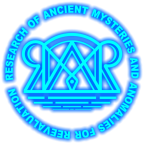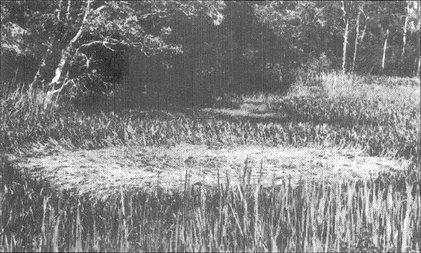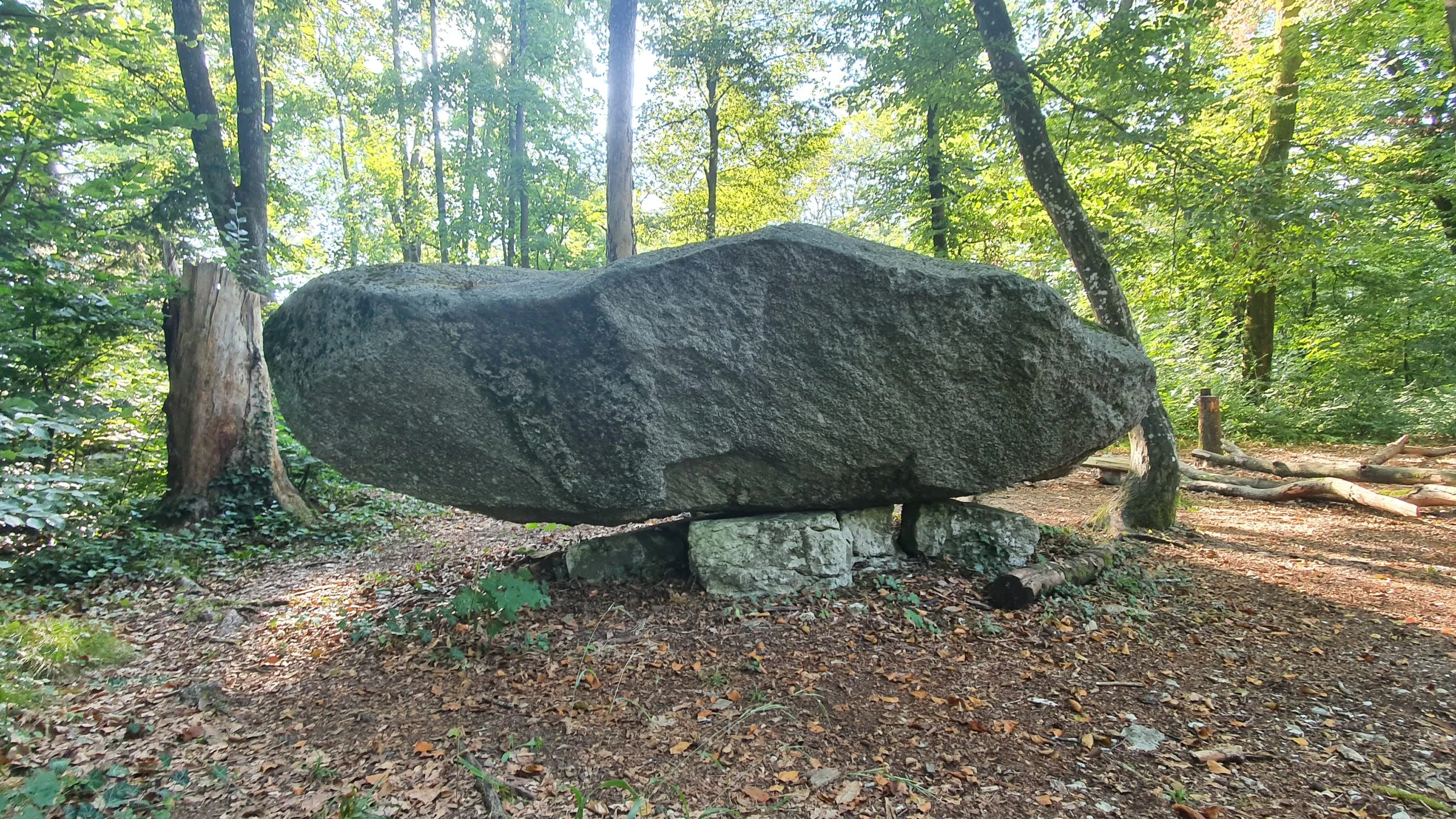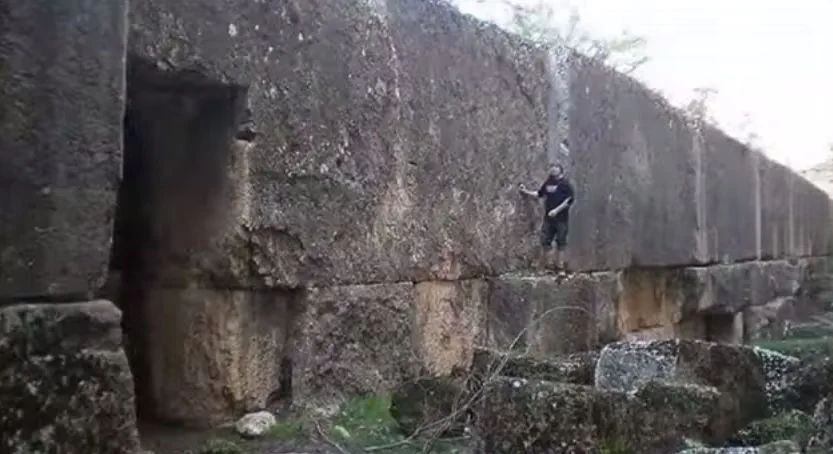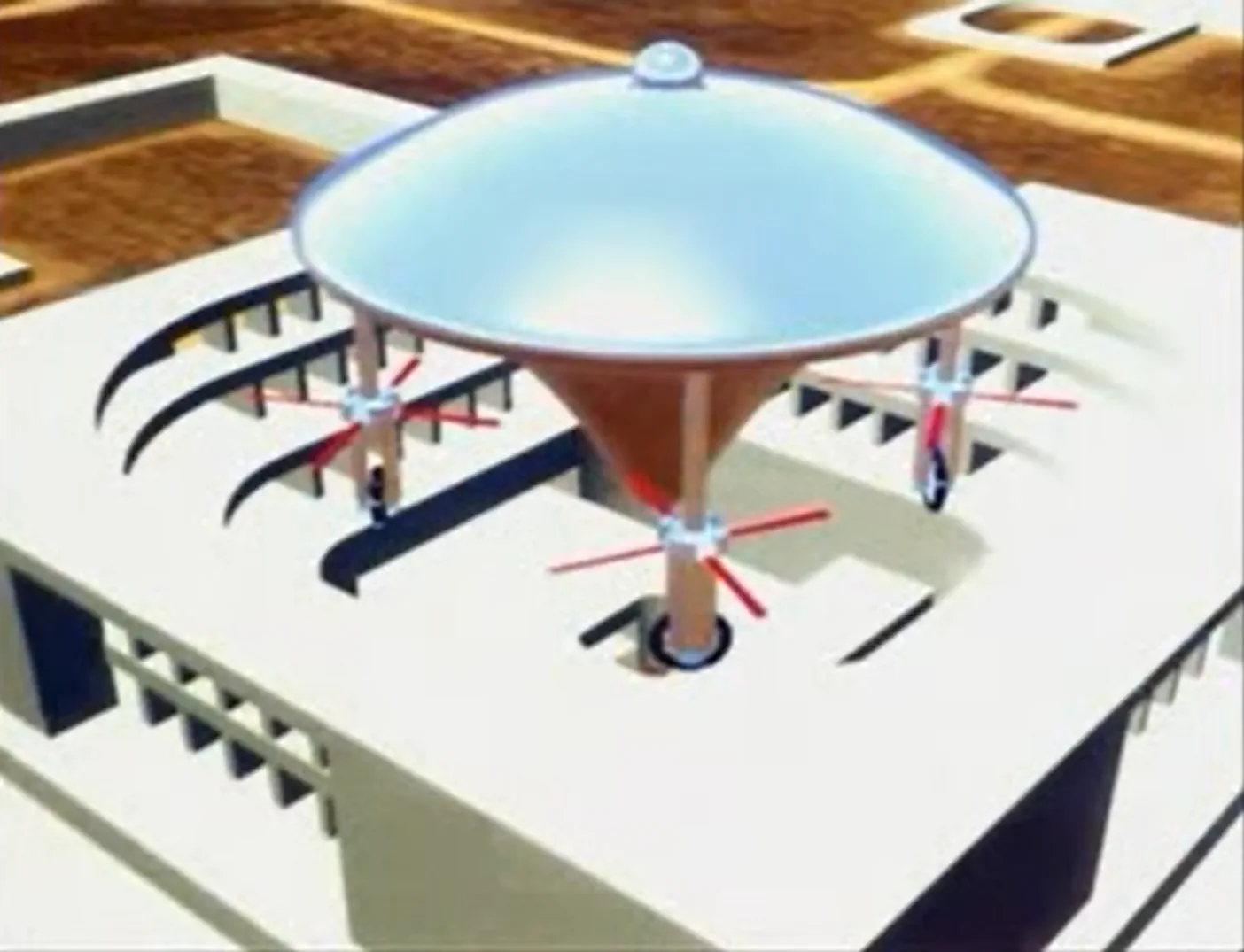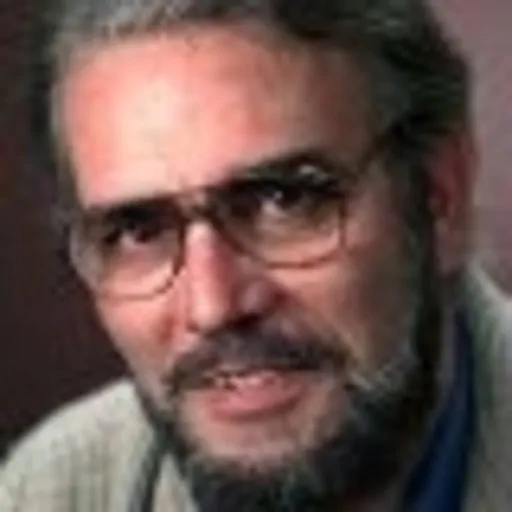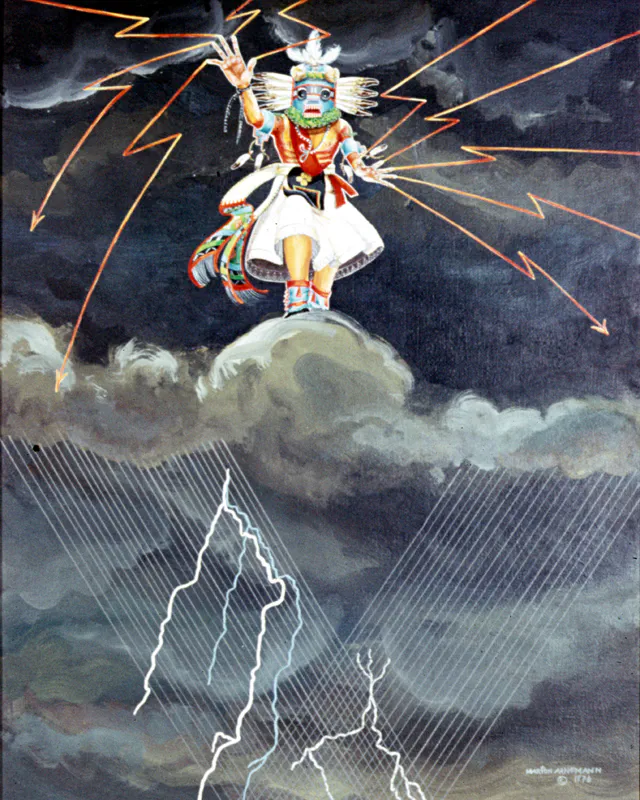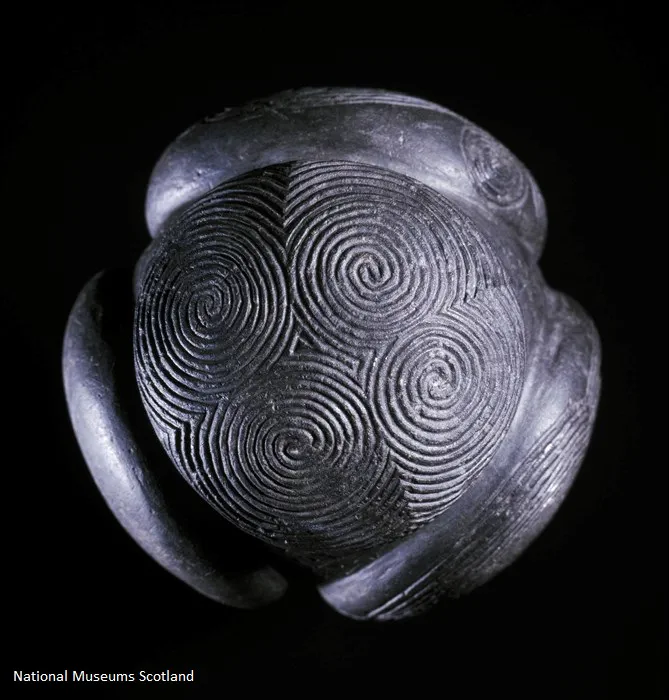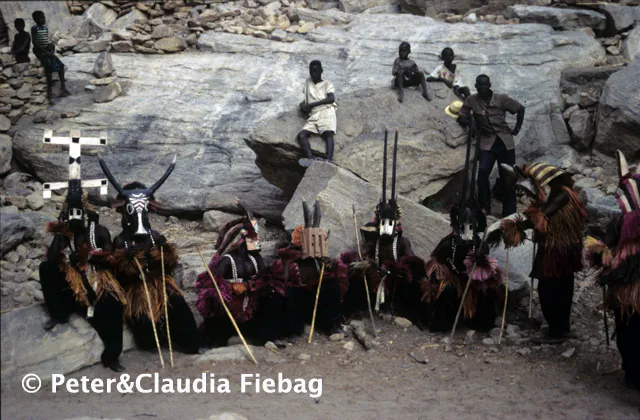Tiahuanaco
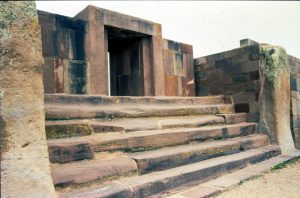 Real X-File ID: 562
Real X-File ID: 562
Report Date: 07/18/2016
Country: Bolivia
Place: Tiawanacu, Departamento La Paz, Bolivien
Fingerprints: Traces of ancient advanced engineering-skills, Traces of ancient advanced technology, Traces of ancient advanced astronomical knowledge
Existing Facts Sources: Scientific whitepaper, Internet article, Book
Summary Report:
Tiahuanaco (also called Tiwanaku) is a ruin site located on the Rio Tiwanaku in the barren Altiplano plateau in Bolivia at an altitude of just under 4000 m. Within Bolivia, Tiwanaku is an indigenous symbol, while globally the ruins are more famous for the monumental structure Pumapunku. Tiwanaku is particularly known for its very fine stonework, which can be found in both building blocks and architecture as well as stone sculptures. The Spanish conquistadors puzzled over how the Tiwanakans could have managed the processing and transport of the ton-heavy stones without special tools. According to the architectual historians Jean-Pierre Protzen and Stella Nair, the construction tools of the Tiwanakans, with perhaps the possible exception of percussion stones, remain essentially unknown and have yet to be discovered.
In 2019, a joint research effort between the Geopolymer Institute (France) and UC San Pablo (Peru) published an analysis of Pumapunku sandstone megaliths and gray andesite assemblages. In the study, published in the peer-reviewed journal Materials Letters, the authors, Joseph and Ralph Davidovits and Luis Huaman, concluded that the stones were not geologically formed but were made of geopolymer cement. In the case of the red sandstone megaliths, this cement was made from kaolinitized sandstone and sodium bicarbonate (Na2CO3), they said. In the case of the smaller gray andesite superstructures, they concluded that they were cast using a wet-sand geopolymer molding technique. The stones had been made from unconsolidated volcanic tuff to which had been added an organo-mineral geopolymer binder consisting of carboxylic acids extracted from local biomass and guano. According to the authors, they were able to reproduce the artificial geopolymers in the laboratory and as a result obtained a geopolymer concrete with similar properties. Davidovits and Huaman believe that their work would confirm the ancient Inca legend of liquefaction of stones.
Tiwanaku is considered sacred among indigenous peoples because of its role in the indigenous creation story in the Andean world. The story tells of a pre-human world of darkness that was destroyed by the creator Wiraqucha Pachyachachic. He rose from Lake Titicaca and destroyed this world through an inferno and a flood. He then created giants, humans, animals, and all other things at Tiwanaku. The Incas believed that the monolithic sculptures of Tiwanaku served as models for the creator god Wiraqucha to create the first humans.
In his Book “Zurück zu den Sternen” Erich von Däniken refers to other legends of the indigenous people: “… Legends handed down and existing stone drawings suggest that the “gods” met in Tiahuanaco for consultations even before man was created. In our language of the space age, this means that alien astronauts created their first base on the plateau of Bolivia. They had sophisticated technology at their disposal, just as we have laser beams, vibratory cutters, electrical equipment today…” and in his Book “Erinnerungen an die Zukunft” Erich von Däniken writes: “… One of the great archaeological wonders of South America is the monolithic Sun Gate of Tiahuanaco: a huge sculpture carved from a single block, three meters high and four meters wide. The weight of this stone carving is estimated at over ten tons. In three rows, 48 square figures flank a creature representing a flying god. What does the legend tell about the mysterious city of Tiahuanaco? It tells of a golden spaceship that came from the stars; with it came a woman – Orjana was her name – to fulfill the mission of becoming the primordial mother of the Earth. Orjana possessed only four fingers, which were connected by webbed fingers. Primordial Mother Orjana gave birth to 70 Earth children, then returned to the stars. In fact, in Tiahuanaco we find petroglyphs and figures of beings with four fingers. Their age is indeterminable. No human of any era known to us has seen Tiahuanaco other than in ruins…”. In the same Book, Erich von Däniken mentions an sophisticated ancient calendar that was found on site with the following words: “… What would one say, for example, if there was a calendar from the greyest prehistoric times that could be used to read the equinoxes, the astronomical seasons, the positions of the moon at every hour, and even the moons movements – taking into account the earths rotation! – could be read? This is not a fictitious question! This calendar exists. It was found in the dry mud of Tiahuanaco. It is an embarrassing find: It provides incontrovertible facts and proves – can our self-confidence allow such a proof? -that the beings who created, devised and used the calendar were of a higher culture than ours at that time?”.
Tiahuanaco (Tiwanaku), as well as Puma Punku, are still archaeological enigmas, surrounded by many questions that could have not been answered so far. Why do many ancient cultures share the believe/knowledge of gods that, a long time ago, visited our planet, created the human race and taught them remarkable knowledge like agriculture, stone work, astronomical knowledge and much more? From where did these so called “gods” came from? How were the massive megalitic sites build? How were the huge and heavy stoneblocks transported and carved into their shape and what was the original intended purpose of these magnificient sites?
Google Streetview: Google Streetview
Links:
Facts Source Details:
Details of Scientific Whitepaper: Who Taught the Inca Stonemasons Their Skills?, Ancient geopolymers in South-American Monuments, The Stones of Tiahuanaco – A Study of Architecture and Construction, Jean Pierre and Stella Protzen and Nair, 06/01/1997, 12/01/2020, 01/01/2013
Details of Internet Article: Joseph and Ralph and Luis Davidovits and Huaman,06/01/1997, 01/15/2019, 12/01/2020, 01/01/2013, 04/15/2019,https://drmsh.com/PaleoBabble/Who%20Taught%20the%20Inca%20Stonemasons%20Their%20Skills%20A%20Comparison%20of%20Tiahuanaco%20and%20Inca%20Cut-Stone%20Masonry.pdf, https://www.sciencedirect.com/science/article/abs/pii/S0167577X18315982, https://www.researchgate.net/publication/347188837_Ancient_geopolymers_in_South-American_Monuments_Part_IV_use_of_natural_andesite_volcanic_sand_not_crushed, https://escholarship.org/uc/item/2192r04f, https://www.sciencedirect.com/science/article/abs/pii/S0272884219300288
Details of Book: Erinnerungen an die Zukunft, Zurück zu den Sternen,Erich von Däniken,Kopp Verlag, Kopp Verlag,01/01/2014, 04/01/2015
Pictures:
